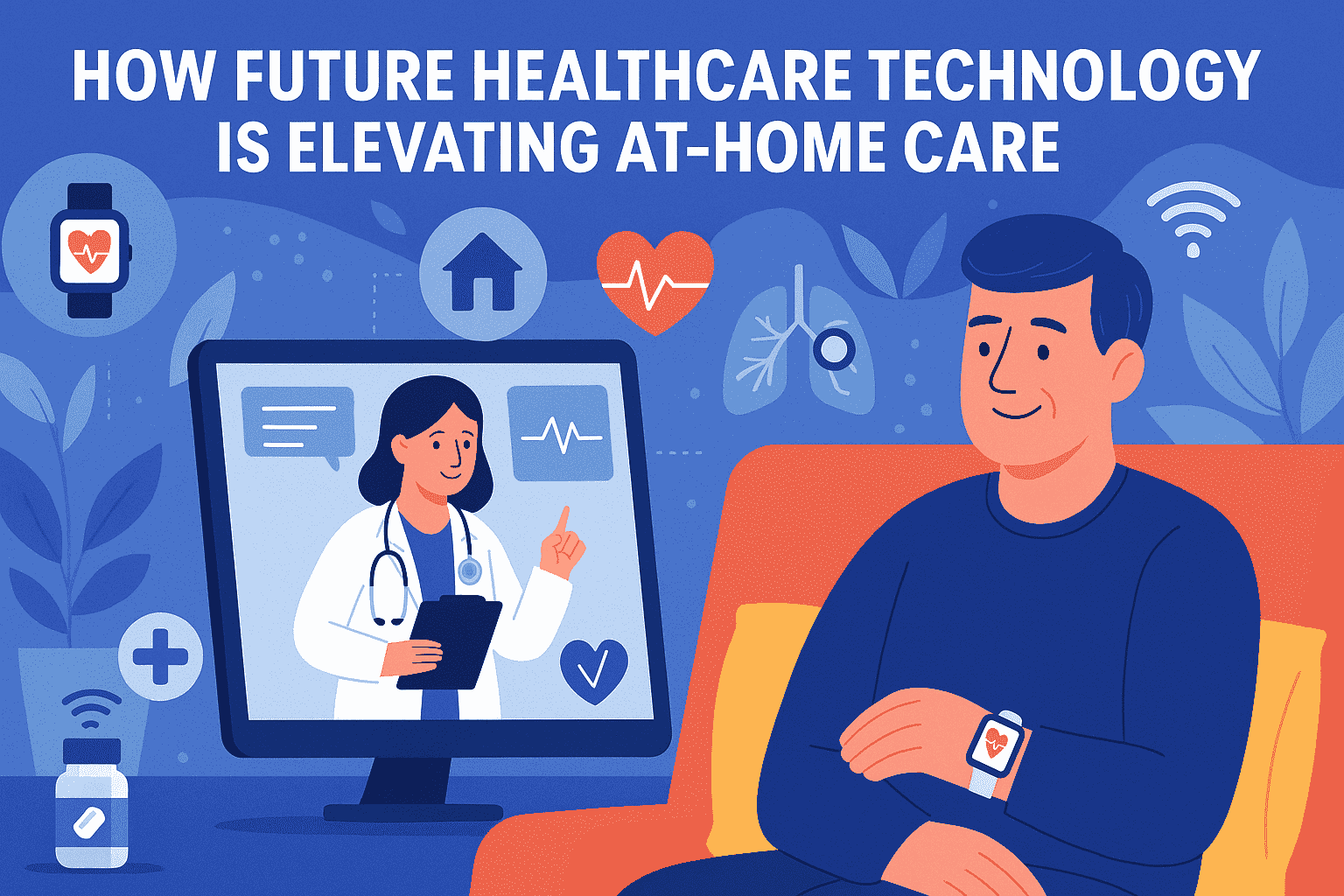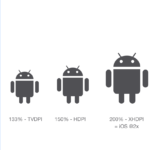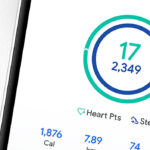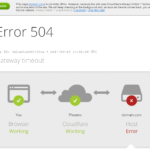In recent years, one phrase has increasingly found its way into headlines, healthcare discussions, and the everyday lives of patients and caregivers alike: how future healthcare technology is elevating at-home care. This isn’t just a buzzword or a temporary trend. It’s a complete reimagining of how we deliver medical services fueled by innovation, driven by patient demand, and empowered by digital transformation. From AI-powered diagnostics to remote monitoring tools and smart home integrations, the future of healthcare is literally knocking on our front doors. And guess what? It’s here to stay.
In this post, we’ll explore how cutting-edge healthcare technologies are revolutionizing the way we approach home care. Whether you’re a patient, caregiver, healthcare professional, or just a curious mind, you’re about to get a comprehensive look into a future that is already unfolding in homes around the world.
Why At-Home Care Is More Important Than Ever
Before diving into the technologies themselves, it’s worth understanding why the shift toward home-based healthcare has accelerated so dramatically.
Aging Population & Chronic Illnesses
Populations around the globe are aging, and with age comes a higher prevalence of chronic conditions like diabetes, heart disease, and arthritis. These are conditions that require long-term management rather than episodic treatments, making the home a logical setting for care.
Rising Healthcare Costs
Hospitals and clinics are expensive to operate. For both patients and providers, reducing the need for in-person visits saves time and money. Home care helps prevent hospital readmissions, shortens recovery times, and promotes better outcomes overall.
The Pandemic Effect
COVID-19 didn’t invent telehealth, but it certainly accelerated its adoption. The pandemic forced both patients and providers to experiment with remote care—and many found that it worked surprisingly well. Now, there’s no going back.
The Smart Pillbox and Beyond: Technology in Everyday Health
Let’s get into the meat of it—how the future of healthcare technology is elevating at-home care through real, tangible innovations. These aren’t sci-fi concepts; they’re tools people are using today, and they’re only going to get more advanced.
1. Remote Patient Monitoring (RPM)
Remote Patient Monitoring involves the use of connected devices—such as blood pressure monitors, glucose meters, and pulse oximeters—that send real-time data to healthcare providers. These tools are game changers for managing chronic illnesses.
Benefits:
Early detection of problems before they become serious.
Less need for in-person appointments.
Greater sense of security for patients and their families.
Example: A heart failure patient uses a wearable patch that continuously monitors heart rate and sends alerts to their doctor if something looks off. Instead of waiting for symptoms to worsen, proactive care kicks in immediately.
2. Telehealth Platforms
Telehealth isn’t just video calls anymore. Today’s platforms offer integrated patient portals, AI-driven symptom checkers, secure messaging, prescription management, and even mental health support.
What makes it so powerful?
Accessibility for rural and underserved communities.
Flexibility for working individuals and caregivers.
Reduced exposure to contagious diseases.
Telehealth has matured from a temporary fix to a long-term healthcare delivery model.
3. AI-Powered Diagnostics
Artificial Intelligence is changing the way diagnoses are made. Tools like symptom-checking apps and diagnostic algorithms are making early detection more accessible and more accurate.
For example:
AI can analyze images from a smartphone camera to identify skin conditions.
Smart algorithms can flag anomalies in blood test results before a human clinician sees them.
These tools don’t replace doctors; they enhance them, especially in an at-home setting where visits are limited.
The Role of Wearables in Preventative Healthcare
Fitness trackers were once considered niche gadgets for gym buffs. Now, wearables like smartwatches, biosensors, and even smart rings are central to how future healthcare technology is elevating at-home care.
Tracking Vital Signs in Real Time
Modern wearables track more than just steps—they monitor:
Heart rate variability
Blood oxygen levels
Sleep patterns
Stress indicators
Impact: These devices provide real-time insights that help patients—and their doctors—catch early signs of illness or deterioration. And the best part? They do it passively, without interrupting your day.
Integration with Health Ecosystems
Many wearables now sync directly with platforms like Apple Health, Google Fit, and various hospital EMRs (Electronic Medical Records), allowing for seamless sharing of data. This interoperability makes it easier than ever for healthcare providers to get a holistic view of a patient’s health—without anyone needing to leave the house.
Smart Homes, Smarter Health: The Rise of Ambient Assisted Living (AAL)
Imagine your home knowing when you’ve fallen, reminding you to take your medication, or alerting caregivers if you haven’t moved in a while. Ambient Assisted Living (AAL) uses smart technology to make homes safer and more responsive to health needs.
Features of AAL
Fall detection sensors built into floors or wearables
Medication dispensers with reminder alerts and caregiver notifications
Voice assistants (like Alexa or Google Home) programmed for health-related queries and routines
Smart fridges that can suggest meals based on dietary restrictions or health goals
These technologies create a safety net that allows elderly or disabled individuals to live independently for longer—while giving their loved ones peace of mind.
Personalized Healthcare Through Data Analytics
One of the most exciting parts of how future healthcare technology is elevating at-home care is the shift toward personalized medicine. Data analytics and machine learning are turning massive amounts of health data into actionable insights.
Examples of Personalization:
Adjusting medication dosages based on biometric feedback
Predicting flare-ups in chronic conditions using historical data
Creating custom wellness plans based on genetic profiles and daily habits
This kind of tailored healthcare was once only possible in cutting-edge clinics. Now it’s happening in people’s living rooms.
Mental Health Support From Home
At-home care isn’t just about physical health. Mental and emotional wellness are critical, especially in a world increasingly shaped by stress, isolation, and burnout.
Tools Making a Difference
Mental health apps offering CBT (Cognitive Behavioral Therapy) techniques and mood tracking
Virtual therapy platforms that connect users with licensed counselors
Meditation and mindfulness apps like Headspace and Calm
AI-powered chatbots offering 24/7 mental health support
With stigma still a barrier for many, being able to access support privately from home is a major breakthrough.
Challenges and Considerations
Of course, it’s not all smooth sailing. As we embrace how future healthcare technology is elevating at-home care, we also need to address several challenges.
1. Data Privacy
The more data we share, the more vulnerable we become. Protecting sensitive health information must be a top priority for developers, providers, and policymakers.
2. Tech Literacy
Not everyone is comfortable with technology, especially older adults. There’s a significant need for user-friendly interfaces, education, and support systems.
3. Access and Equity
High-speed internet, smart devices, and subscription-based apps aren’t accessible to everyone. Bridging the digital divide is essential if we want this future to be truly inclusive.
What’s Next? The Future of Future Healthcare
If today’s tech is impressive, the horizon holds even more promise. Here are a few innovations already in development or early testing phases:
Home-based lab tests using microneedles or saliva instead of blood draws.
Digital twins, or virtual models of a patient’s body, to simulate how different treatments will work.
Augmented Reality (AR) rehab programs that guide patients through physical therapy with real-time feedback.
Smart toilets that analyze urine and stool for early signs of disease.
We’re heading into a future where your entire home could become a holistic healthcare center—and it’s happening faster than most people realize.
Conclusion: A Future You Can Feel at Home In
So, what have we learned about how future healthcare technology is elevating at-home care? It’s not just about convenience. It’s about empowerment. It’s about turning passive patients into proactive participants in their health journey. And most importantly, it’s about making healthcare more human—even when it’s driven by machines and data.
This new frontier of home-based healthcare promises better outcomes, more comfort, and greater dignity for people of all ages and conditions. Whether you’re managing a chronic illness, supporting a loved one, or simply trying to stay on top of your health, the tools are already in your hands—or your wrist, or your phone.
Welcome to the future of healthcare. It’s smart, it’s personal, and best of all—it’s home.
















Leave a Review